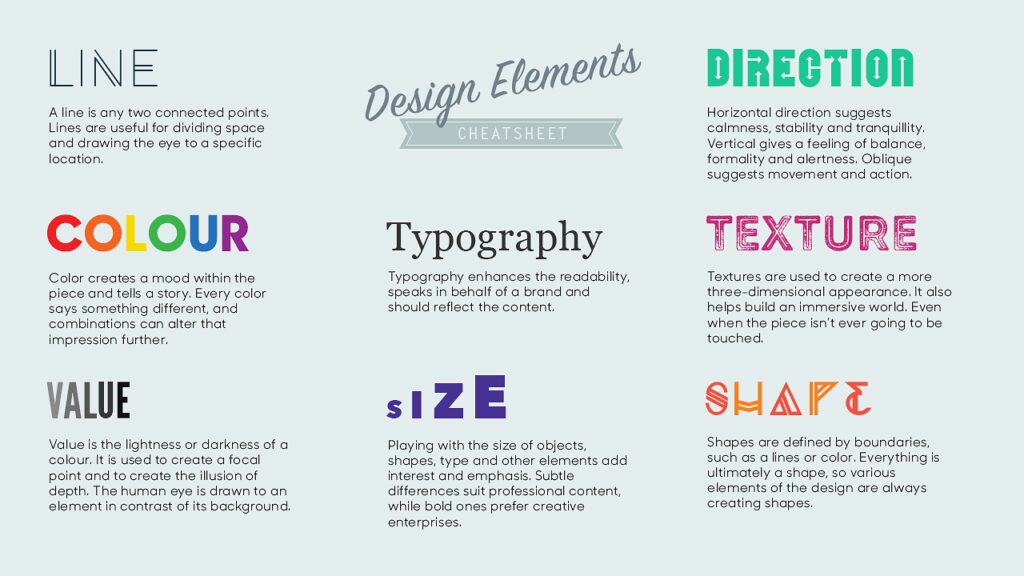Visual design plays a critical role in video game development, creating immersive and engaging environments that captivate players’ imaginations. Visual designers work closely with game developers, starting with concept art before creating 3D models and integrating them into the game engine. Immersion is the primary goal of good visual design, achieved through attention to detail, well-designed sound systems, and creating emotional resonance between players and characters. User interface (UI) design is also essential, focusing on usability and fitting seamlessly into the game world. As technology advances, visual design in gaming is likely to become even more important, with new opportunities to create immersive game worlds using virtual and augmented reality technology.
Crafting an Immersive World: How Visual Design Shapes the Player Experience
Introduction
The world of gaming has come a long way since its inception. From simple 8-bit games to 3D worlds filled with stunning graphics, animated characters, and immersive gameplay, video games have evolved into a multi-billion dollar industry. As the medium has grown, so too have the expectations of players.
As a result, the visual design of video games has become more important than ever before. Today, visual designers work closely with game developers to bring to life worlds that are not only beautiful to look at, but also immersive and engaging to play in. In this article, we will explore how visual design shapes the player experience by creating immersive worlds that captivate players’ imaginations.
The Role of Visual Design in Game Development
Visual design is one of the most important aspects of video game development. It plays a crucial role in creating a game that not only looks good, but also feels good to play. The job of a visual designer is to create the look and feel of a game’s world, including the environments, characters, and user interface. This involves a wide range of skills, including illustration, 3D modeling, animation, and graphic design.
Visual designers work closely with game developers to bring their world to life. They start by creating concept art, which is a visual representation of the game’s world. This can include sketches of characters, environments, and objects. Once the concept art is approved, the visual designer begins creating 3D models of the assets. These models can then be animated and integrated into the game engine.
The Importance of Immersion
One of the primary goals of visual design is to create an immersive world that draws players in and keeps them engaged. Immersion is the sense of being completely absorbed into a game’s world, to the point where players forget they are playing a game. Good visual design plays a critical role in achieving this level of immersion.
There are several key elements of visual design that can help create an immersive world. First, attention to detail is crucial. The more detailed a game world is, the more realistic it feels. From the way characters move to the textures and lighting in the environment, every aspect of the game should be meticulously designed to create a cohesive and believable world.
Sound design is also an important factor in creating a truly immersive experience. Without sound design, even the most detailed game world can still feel artificial. A well-designed sound system can create a sense of depth and realism that helps to draw players deeper into the game world.
Finally, visual design can help to create a sense of emotional resonance with players. By carefully designing characters and environments that players can relate to, designers can help players feel invested in the game’s story and characters. This emotional connection is critical to creating a truly immersive experience.
The Role of User Interface Design
User interface (UI) design is another critical aspect of visual design in video games. UI design refers to the way information is presented to the player, including menus, HUDs (heads-up displays), and controls. Good UI design is essential because it directly affects how players interact with the game.
One of the core principles of UI design is usability. Players should be able to quickly and easily find the information they need, without being overwhelmed by too much information at once. This can be a complex challenge, particularly in games with complex controls and multiple systems to manage.
UI designers must also carefully consider the game’s aesthetic style when creating the interface. The interface should fit seamlessly into the world of the game, while also being visually distinct enough to stand out from the rest of the environment.
The Future of Visual Design in Gaming
As gaming technology continues to advance, the role of visual design is likely to become even more important. Virtual and augmented reality technology, for example, offer unique opportunities to create even more immersive game worlds. These new technologies require a whole new level of visual design, including considerations such as motion sickness, screen ratio, and depth perception.
In addition, visual design will continue to play a critical role in the ongoing debate about video game violence. As games become more realistic, designers must be careful to balance realism with tastefulness and appropriate content for certain age groups.
Conclusion
Visual design is a critical component of video game development. From creating concept art to designing immersive game worlds and interfaces, visual designers play an essential role in creating engaging and enjoyable gameplay experiences. As technology continues to advance, the role of visual design in gaming is likely to become even more important, as designers explore new ways to create immersive and innovative game worlds.
